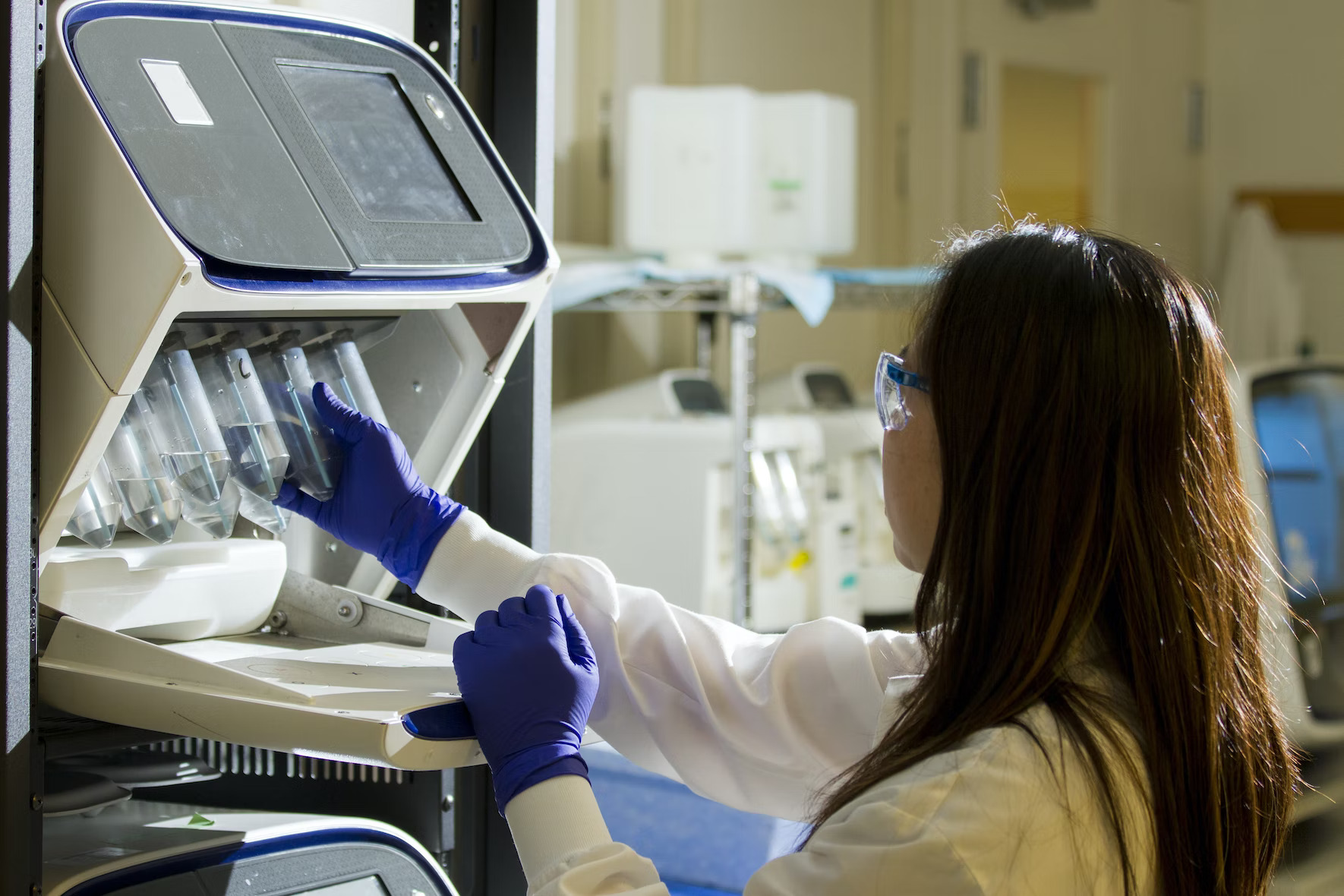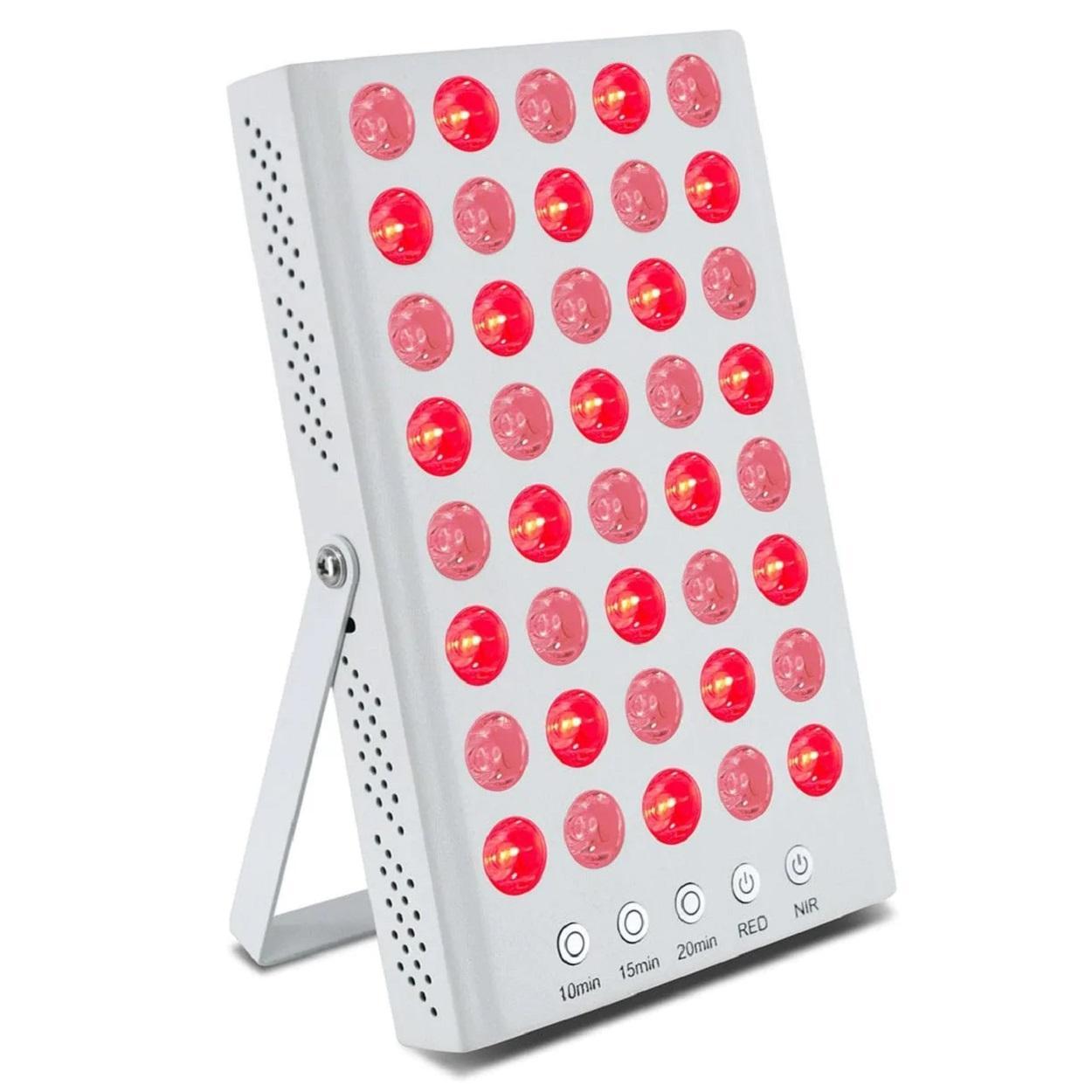
Tech Innovations in Medical Device Manufacturing
Medical device manufacturing is one of the most exciting fields in the world. In addition to requiring a great deal of technical knowledge, it also allows you to be at the cutting edge of technology. Medical equipment is constantly evolving and improving, and so is how companies manufacture them. Let’s take a look at some of these innovations.
3D Printing
3D printing helps make a 3D object from a file, usually created by CAD (computer-aided design) software. It involves additive manufacturing, where successive layers of material are laid down to build the final product. Most commonly, 3D printing uses plastic or resin materials to create parts that can be used directly in production.
The technology has also been used to create prototypes and molds for casting metals and other materials. In medical device manufacturing, 3D printers are often used in pre-production to make models of parts or molds that will be used later in production runs.
For example, if a company needs to produce 100 identical devices but doesn’t have time or money for mass production right away, it can use a 3D printer as an interim measure. At the same time, they wait for large quantities of devices to be produced at once with injection molding machines.
Moreover, 3D printing can also help make surgical models and equipment. In fact, creating surgical models using 3D printing can reduce the surgery time to around half an hour. This can result in an estimated $5,500 cost reduction.
Besides, 3D printing can also help manufacture prosthetics and other medical devices. Around 90% of the top 50 medical device manufacturing companies use 3D printing in some form. This is increasing the demand for 3D printing, which is why the global 3D printing medical device market is expected to be over $5 billion by 2026 at a CAGR of 16.3% between 2021 and 2026.
Cleanroom Technology
Cleanrooms are essential for medical device manufacturers since they allow for producing products that meet the rigorous standards required by regulatory agencies like the FDA. They also protect the product and environment from contaminants that could negatively impact quality control.
Cleanroom technology is classified based on how much contamination it can tolerate. A Class 10 cleanroom allows up to 100 particles per cubic foot, while a Class 1000 cleanroom allows up to 0.1 particles per cubic foot (1/100th).
In addition, high-tech methods like HEPA filtration and UV sterilization can be used for even more excellent protection against contamination factors such as bacteria or viruses. The bacteria and viruses may enter via personnel or tools entering an area that does not have these safeguards in place.
Cleanroom technology has advanced to the point where manufacturers can now build a cleanroom from scratch, using state-of-the-art technology and materials to ensure a sterile environment.
For example, modular cleanrooms are constructed with modular, movable walls that can be adjusted to fit any size or shape of the area. These walls are made of polycarbonate, which is both durable and lightweight, so they can easily be moved around or taken down when not needed. Manufacturers can also get custom modular cleanrooms to build something where their employees can enjoy working.
Automation
Automation improves efficiency, reduces costs, and increases quality control and safety. The following are examples of how automation is implemented in medical device manufacturing:
- Repetitive tasks: Automated processes can execute repetitive tasks so that human operators can focus on other tasks that require higher levels of skill and attention. For example, an automated process may provide the operator with instructions or feedback regarding their performance, such as when they have completed a certain task or set of functions correctly.
- Complex tasks: Automated processes can handle complex procedures more accurately than human operators, who may make mistakes due to fatigue or unfamiliarity with the equipment used during specific steps.
Automated systems can also make corrections automatically if something goes wrong during a procedure by shutting off any machinery involved in the malfunctioning step.
A HubSpot report shows that by introducing automation in medical device manufacturing, a manufacturer could increase production by 8% within the first year. It was also projected that the output could rise to 40% in the next few years.
Augmented Reality
Augmented reality (AR) uses a smartphone or tablet to overlay digital images in the real world. For example, you can use your AR app to view a video through your phone’s camera lens as if it were actually in front of you. You can also use AR apps to measure objects with accurate measurements or even point out landmarks in foreign cities.
Many different ways augmented reality technology can be used in medical device manufacturing. For example, manufacturers could use an AR system during training so that new employees learn how to assemble and maintain products without having them present at all times. Using AR for training in medical device assembling and setup can reduce human error by 90%. It can also improve training time by up to 60%.
Manufacturers could also use AR for quality assurance by recording workers’ tasks and allowing managers to observe their work remotely from any location, even across long distances.
Artificial Intelligence
Artificial Intelligence (AI) is a technology that enables computers to perform tasks that would typically require human intelligence, such as learning and problem-solving. AI can be used in several ways to improve medical device manufacturing processes, including:
- Automation: AI can automate certain tasks, such as quality control. For example, it could be programmed so that if a machine detects a quality failure or defect during production, it will stop itself immediately instead of continuing its process until completion and potentially creating additional defects.
- Decision Making: AI can also decide what actions should be taken when something happens within the system or factory setting. This makes it possible for machines and software programs to function independently from human input or supervision. This eliminates the need for human labor while simultaneously improving the efficiency and accuracy of workflows throughout different stages within product development cycles.
AI can also make medical device manufacturing better in several other ways. For example, it can help make medical devices smaller and more powerful by incorporating analytics capabilities. Another way AI can aid is by analyzing medical device failure trends.
For example, a study of 340,000 people harmed by medical devices found that 67% of the people hurt were women, and 33% were men. This helped analyze that some medical devices are specifically harmful to women. With such insights, the manufacturers can take necessary actions to reduce the possibility of producing harmful medical devices or giving necessary care instructions to the users.
Conclusion
As you can see, there are many ways to innovate medical device manufacturing. Digital technology is becoming more and more crucial to the medical device manufacturing industry. This is because it can improve productivity, quality, and safety while reducing costs and improving the customer experience.




